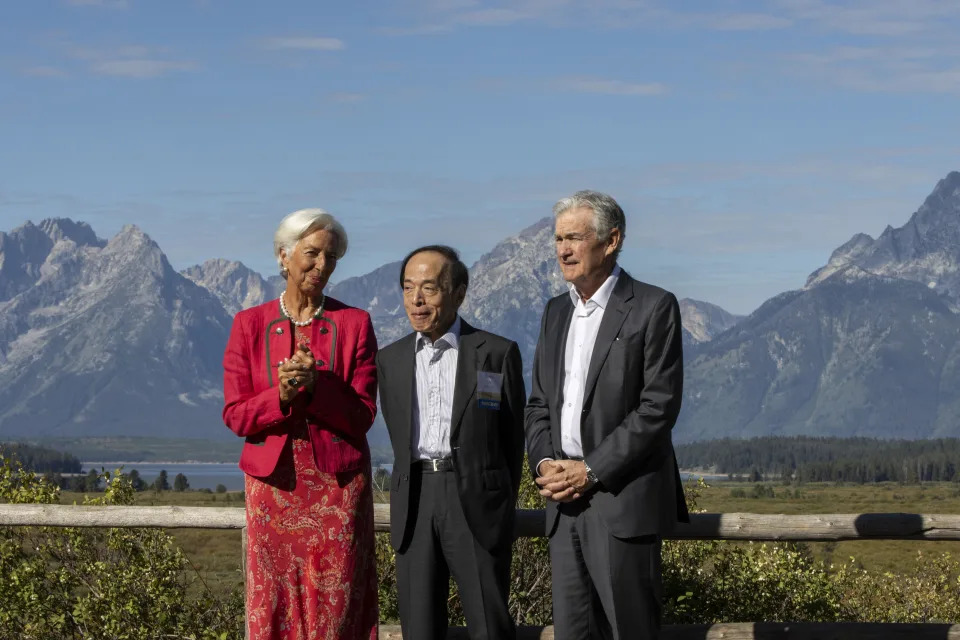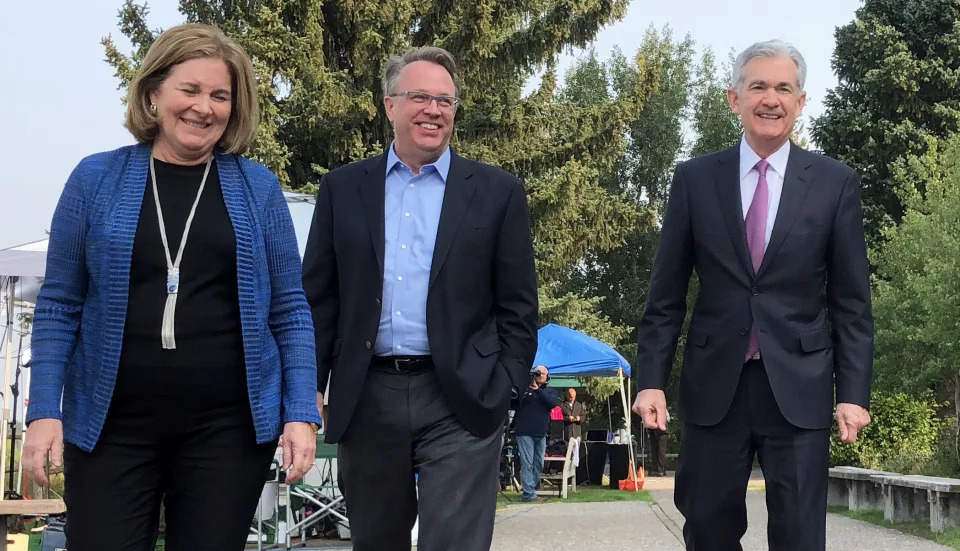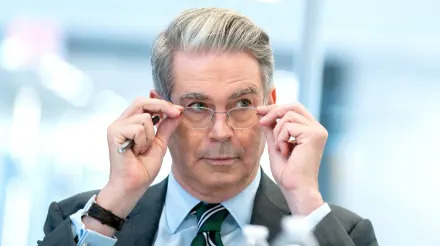Federal Reserve Chair Jerome Powell and his central bank colleagues face a very different dilemma than a year ago as they gather later this week for their annual annual economic symposium in Jackson Hole, Wyo.
Last August the main question was how long rates would need to stay at two-decade highs to cool inflation.
This year, as inflation shows new signs of cooling and the job market slows, the question isn’t whether the central bank will cut rates in September, but by how much .
Investors will be listening for an answer Friday during a 10 am ET speech delivered by Powell, where the chair will have his chance to provide clues on the path forward for monetary policy.

He made it clear during a July 31 press conference that a 25 basis point cut was possible next month , but downplayed the idea of doing something bigger, such as 50 basis points.
"We think that the time is approaching and if we do get the data that we hope we get, then a reduction in our policy rate could be on the table at the September meeting," he said.
Why the Fed gathers in Jackson Hole
The tradition of gathering in Jackson Hole began more than four decades ago, when officials from the Federal Reserve Bank of Kansas City picked the spot for their get-together in 1982.
That year the Kansas City Fed figured the best way to ensure then-Fed Chairman Paul Volcker would accept an invitation was to locate the event somewhere with good fly-fishing in late August. It was widely known that Volcker was fond of the sport.
Decades later central bankers from around the world, academics, policymakers, and journalists still gather in the same place to discuss the economy and monetary policy. The event is held at Jackson Lake Lodge in Grand Teton National Park.

Traditionally, Fed chairs have used their Jackson Hole speech to deliver an important, longer-term policy message.
Former Fed chair Ben Bernanke used his speech in 2010 to present an argument that the Fed could get the economy going by purchasing bonds, a tool also known as quantitative easing (QE).
Powell’s 2018 "Guided by the Stars" speech — perhaps his most memorable as chair — outlined how he thought about the natural real interest rate — the rate that neither spurs nor slows growth.
In 2022, Powell sent the markets plunging after vowing in a shorter-than-typical speech to do what it takes to get inflation back to the central bank’s 2% target , warning higher rates could bring pain and higher unemployment.
"We will keep at it until we are confident the job is done," he said then.
Last August Powell was once again adamant that the Fed was "prepared to raise rates further" as he pledged to bring down inflation one way or another.
"Although inflation has moved down from its peak — a welcome development — it remains too high," he said last year.
'I don't think he knows yet'
His tone will likely be significantly different this Friday, following more encouraging inflation readings that reinforced the Fed's progress.
What some Fed watchers expect from Powell is not a specific prediction about September, but instead a reminder that the Fed will now be paying a lot of attention to employment as the job market weakens.
"He wants to be very transparent, but I don't think he knows yet quite frankly," said Wilmer Stith, Wilmington Trust bond portfolio manager. "You're probably going to see them more focused on making sure that unemployment doesn't weaken further."
The Fed has a dual mandate to maintain price stability and maximum employment. The latter is growing in importance as unemployment ticks higher, putting more pressure on the Fed to act. In July, the US unemployment rate rose to 4.3% — its highest level since October 2021.
Luke Tilley, chief economist for Wilmington Trust, expects Powell to discuss the natural interest rate, meaning the rate at which monetary policy is neither stimulating or restricting economic growth.
That measure — also known as the "neutral" rate — helps the central bank understand how restrictive it actually is.
"A discussion about what is neutral and what is restrictive, would offer an opportunity for the Fed to say, 'hey, we're going to be cutting rates, but we want to be clear that we're just letting up on the brake pedal a little bit, not accelerating,'" Tilley said.
Esther George, a former head of the Kansas City Fed who once hosted the Jackson Hole conference, said she expects Powell to do something similar to what he did with his 2018 "Stars" speech.
"I would expect him to take the topic and then step back and broaden the lens," George said. "What I would be listening for in this speech is what do you think the last four years have told us about inflation dynamics about labor markets?"
But George acknowledges that everyone will look for clues in the speech about what the Fed will do in September.

Market expectations, she said, seem "more aggressive than the outlook would suggest with the economy growing above potential."
"I think they'll continue in a gradual path, but I think they'll keep their eye on inflation progress even as they start the process to lower rates."
Fed watchers may have to wait beyond this week for more confirmation of what may happen in September. Of particular importance will be a jobs report for August released on Sept. 6.
Any surprise in that report could change the Fed's caluclus. A weaker-than-expected July jobs report spawned the worst stock market sell-off of the year, prompting some Fed watchers to bet on a coming 50 basis point cut.
But traders have been paring those bets back over the past week as new reports of economic resilience alleviated concerns of a looming significant slowdown in the US economy.
The odds that the Fed cuts by a quarter percentage point instead of a half point at its Sept. 17-18 meeting are now near 75%, compared to a toss up that existed just a few weeks ago.





